Learning Math From My Teachers While I am at Home...
Context for this unit is that we are currently teaching and learning from home. Because of this, we have adapted our Shape and Space math unit accordingly. We tried to involve ourselves in the teaching of concepts as much as we could.
Here is a video of me explaining a brief summary of the unit.
Links to Resources We Made and Used:
Shape and Space Unit Plan (UBD Template) Shape and Space Tutorial Slides Blank Student Progress Slides 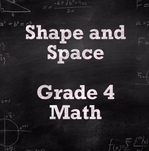
I chose to use our math Shape and Space unit for my final project because we needed to adapt our plans to suit home learning. We needed opportunities for weekly assessment and progress, so it seemed to fit nicely. I decided to use some of ISTE's Empowered Learner standards because we are really focusing on goalsetting, metacognition, and learning how to learn. This situation has given us the perfect opportunity to explore this even more than we would in the studio. Independence is valued and nurtured. I feel like we have added an important element of agency to this unit. In the studio, we would normally create math groups for the week (with the opportunity to pivot or persevere at the end of 1-2 weeks), have some teacher time and some independent time. We tried to recreate this online but thought it would be more valuable if we made tutorials for ALL areas and let students progress at their own pace. They are still getting time with teachers, as we all created tutorial videos for them, but they can work at their own pace and progress. Students have 17 areas to choose to improve on instead of 5-6 as would be in the classroom, due to only 5-6 teachers being available. We designed something similar to this last year, but I feel that this actually lends itself to more individualised learning experiences. We also added explicit extension activities this year, since it is harder to react to these situations immediately when we are not in the same room as the students. Some extensions are set by our challenge and enrichment coordinator, and some are set by us (creating tutorials for other students). Outcomes at the end of the unit I hope to see are that the students are a little more independent in learning how to learn. We have provided a lot of links, videos, worksheets, games, and activities for them, but I hope that they will realise what works best for them and what practice activities will aid them in a deeper understanding of the concept. I hope that their reflections will show this. Some have started to realise how valuable the slides are already, and I am hoping that as we progress this will help. I also hope that parents will clearly be able to see their child's progress from the beginning of the unit to the end (and even week to week), while learning at home. I hope the value of a video tutorial will be apparent. We are going into week 3 of this experience this week. So far it is working well for most students. Some students took longer to complete the week 1 activities, but it is easy for them to catch up once they are there. Some students are rushing through and not using this as time to practice and experience, but rather check it off and be done with it. This week my focus for those students will be really to take time and keep going deeper. I am hoping that because it is a repeat of routine from last week, it might be more DOING and LEARNING this week and less trying to figure out the process of sorting through the slides and documenting their experiences. I feel this unit reflects the learning of course 1 because the students are figuring out how to learn. They are connecting, creating, and using metacognitive skills to reflect on their learning. They are seeing clear progress, which at their age will hopefully show that their work and practice makes a difference, even if they are not within the walls of "school." My biggest influences from course one was the learning process. I hope that students can see that practicing skills will help their knowledge grow. That being reflective and seeking feedback will also help them grow. And that persevering is important.
2 Comments
Speaking of Connectivism...
My original idea for this post was to compare constructivism and connectivism and showcase how we use each in Studio 4.
However, given the state of the world at the moment with Covid-19 and school closures, I think connectivism is the real winner here. Not to say constructivism is not happening. Here in Vietnam we are now in week 8 of online learning (however, one of those weeks was a much-needed holiday). Teachers everywhere are being thrown into the role of a teacher from afar. Many without warning, training, or collaboration. For the first 6 weeks everything in Vietnam was last minute, week by week decisions about whether we would be on or off campus, with our without students. Luckily at this point we were told it would be at least another 3 weeks (likely longer for primary school students). This gave our team the opportunity to actually plan for a unit that is based online. We made the decision to swap our Program of Inquiry around. A unit that we planned to be the final unit of the year, we decided to start right away. This unit allows for a lot of connectivism theories to be put into play. A quick Google search results in the following definition from Wikipedia:
With everything happening right now, how can you not be taking the opportunity to teach this way (or rather, to have your students learn in this way)?
In this post I will explain our unit progression and how we are infusing technology and connectivism into the more traditional reading and writing unit. Where We Are in Place and Time:
|
|
Our Plan For This Year (Home Learning Due to COVID-19)
Week 1
Reading
Writing:
- Teachers assigned a Where We Are In Place and Time folder full of historical fiction book on Epic for students to explore and see what they find interesting.
- Teachers chose a historical fiction book from the school's library (while the building was still open) and created a read aloud on Clips. This created a bank of 6 teacher selected books for students to listen to and follow along with for their writing tasks.
Writing:
- Students chose two stories from the teacher's historical fiction selections, using "somebody, somewhere, wanted, so, but, then" as guidelines, recieving feedback on Seesaw after posting.
- Students made a Venn Diagram about two historical fiction stories from the teacher's selections.
- Students practiced using Flipgrid. They had a simple task to talk about their holiday and make sure they understood how to post and how to reply/make connections to other people's posts. They were asked to write a script for this before posting this video.
- Teachers used Loom to create tutorials for students about how to complete activities. This way, students can watch at any time, can re-watch as needed, can ask questions about things they are unsure about, and we can track how many times the video has been watched.
- Teachers met with students in groups using Google Meets at least 3x in the week to review concepts and answer questions.
Week 2
Reading:
- Teachers each chose a historical fiction book from Epic (varied levels, times in history, and places around the world). We provided a link to these books on Epic. One was designated for EAL students and one with our enrichment teacher.
- A Loom tutorial showed how to choose a good book for themselves.
- Students were to look at each of these books but not read them yet. They answered some prediction questions on Flipgrid and explained why they made that choice.
- Students also had the option to still read/listen to the historical fiction read alouds from last week. They could write more summaries, use them for their writing task below, or just read for pleasure.
- Students needed to read other books this week (any) in order to complete the writing tasks below.
- Students watched a Loom about 3 types of connections (text to self, text to text, and text to world)
- Students were to make 3 connections about any book (not their book club book) and post these connections to Seesaw, using a template that we gave them, including the book, the type of connection, what happened in the book that they connected to, why they connected to it, and how this connection helps them better understand the book. (see template in the photos below)
- All three connections were posted to Seesaw for feedback.
Future plans/ideas (Weeks 3-6?)
Reading:
- Students will read a certain number of pages in a certain amount of time and respond to flipgrid assignments for their online book club
- If students finish a book (some are shorter) it is possible to join another book club
- Students are encouraged to read more Historical Fiction if they need/want more reading time at home
- Students will make connections with their book club book. They will learn to write deeper connections through tutorials, feedback, and extended/repeated practice and exposure.
- Students will continue to write summaries about their book each time they read more
- Students may have a certain type of connection focus for each week. For example, one week of text to self, text to text, or text to world.
- Instead of their connections relating to how they better understand the book, this focus will shift to how they better understand the past
- Our Art teacher has already expressed a desire to connect. Either as optional activities throughout the week or as her art lessons for the week, students may create art related to the historical event or the plot in their book.
- Students could research about the historical event that is the basis of their book
- Students could research about the main character that their book is about
- Booksnaps may make a comeback! (Using PicCollage, Keynote, etc)
- Virtual trips to anywhere in the world
- Virtual museum tours
Connectivism
As I said earlier, the current situation has pushed us to infuse more connectivism into a traditionally fairly offline unit. I am happy that we saw this connection and decided to switch out program around. The internet has made it possible for us to:
- Have larger book clubs (by using Epic we aren't limited to a number of physical copies)
- Read any time of the day (Epic at home is free until June 30)
- Continue book club conversations on Flipgrid
- Watch and re-watch instructions on Loom
- Get feedback from a number of people at a time that is convenient to them, on Seesaw
Questions For You
- How have your units shifted due to learning from home?
- Have you had time to improve your confidence with technology?
- Have your students?
- Have your students?
- We are privileged to work in a community where students all have access to internet and a device (or ability to pick up one from school). I am definitely aware that this is not the case everywhere in the world. How can you infuse connectivism into your units if this is the case?
- Any other ideas for our historical fiction unit?
Tech-rich learning.
Well... anyone who knows me usually already knows that this is one of my passions. My background in teaching includes many years as an ICT Specialist teacher, Head of ICT or Computing, and participating in informal tech teams to up-skill or guide fellow teachers with technology use.
Most recently, in my Studio 4 team we have pushed ourselves and our students to create "wide walls" for our students. I first read about "wide walls" in Lifelong Kindergarten by Mitchel Resnick. This excerpt from chapter 3: Passion explains it like this:
Well... anyone who knows me usually already knows that this is one of my passions. My background in teaching includes many years as an ICT Specialist teacher, Head of ICT or Computing, and participating in informal tech teams to up-skill or guide fellow teachers with technology use.
Most recently, in my Studio 4 team we have pushed ourselves and our students to create "wide walls" for our students. I first read about "wide walls" in Lifelong Kindergarten by Mitchel Resnick. This excerpt from chapter 3: Passion explains it like this:
"It’s not enough to provide a single path from a low floor to a high ceiling; it’s important to provide multiple pathways. Why? We want all children to work on projects based on their own personal interests and passions—and because different children have different passions, we need technologies that support many different types of projects, so that all children can work on projects that are personally meaningful to them."
- Mitchel Resnick, Lifelong Kindergarten
Here is also a video of Resnick explaining low floors, high ceilings, and wide walls here, himself:
Technology is a great way to have wide walls... but... how do we effectively plan for these learning experiences?
As Resnick says in the video, "if we see a great diversity of projects, to us that's a sign of success." I completely agree with this statement as a generalisation for any unit. I am a believer in getting students to try things out and learn how to work things before being taught explicitly how to use a piece of technology (therefore hopefully creating some of these wide walls by opening up the platform on which they can communicate their new understandings... But I also see value in 'forcing' all students to learn one tool at the same time.
Below is a table of past experiences my team has gone through:
As Resnick says in the video, "if we see a great diversity of projects, to us that's a sign of success." I completely agree with this statement as a generalisation for any unit. I am a believer in getting students to try things out and learn how to work things before being taught explicitly how to use a piece of technology (therefore hopefully creating some of these wide walls by opening up the platform on which they can communicate their new understandings... But I also see value in 'forcing' all students to learn one tool at the same time.
Below is a table of past experiences my team has gone through:
|
Wide Walls
(Expressed with any tool) |
One Tool
(Everyone uses the same tool) |
|
|
What we have not been doing is connecting anything to any type of tech standards. I feel the need to admit that something eats away at the back of my mind when planners are mentioned. I get it, of course. Direction is needed and curriculum needs to be "covered." Maybe it is the feeling of finality once something is inside a planner. Maybe this is why I love "wide walls" so much... the option is still there, even for me as a teacher. While (in my eyes) not pushing a certain agenda might make things feel authentic in a way, I can see how teachers who are not thinking about tech all of the time might not be on the same path. How the students would be at a detriment instead of an advantage. Our school is currently (slowly) starting to implement a broken down version of ISTE standards for students. This is not fully out to teachers yet, but thinking about how we can work these into our planners for intentional teaching of technology would be beneficial.
This week we were asked to find something we wanted to learn how to do and make a plan to learn it.
There is a lot going on in Asia at the moment and all I can think right now is something I need to re-learn.
There is a lot going on in Asia at the moment and all I can think right now is something I need to re-learn.
When I first joined ISHCMC there was a big push for this. It was fantastic. I jumped right in and meditated daily. It really helped with everything going on in this busy country I live in (Vietnam).
However, as the second year rolled along I haven't devoted myself to this as deeply. Every now and then I will listen to one as I go to sleep, but that is about it. We have a daily practice with the students, but (as distracted as that one usually is)... we have not had students since the middle of January.
This truly is something my body and mind need to re-learn.
However, as the second year rolled along I haven't devoted myself to this as deeply. Every now and then I will listen to one as I go to sleep, but that is about it. We have a daily practice with the students, but (as distracted as that one usually is)... we have not had students since the middle of January.
This truly is something my body and mind need to re-learn.
My Action Plan
|
Steps
|
Plan
|
Action (to be updated)
|
|
1. Evaluate the Resources
|
|
|
2. Build a Habit
|
|
|
3. Set Goals and Rewards
|
I am hoping the natural reward for this will be that I feel more calm and focused with everything on my plate at the moment. |
|
4. Write Down Your Learning and Teach Others
|
|
I believe this will help me empathize with my students because I am setting some goals, planning for action, and recording my evidence. Just as I ask them to do every week (or day).
I will leave you with this video from Headspace about what happens when we take time to rest our mind.
I will leave you with this video from Headspace about what happens when we take time to rest our mind.
Cindy Kaardal
This blog page is specifically for my COETAIL blog posts.
Archives
April 2021
March 2021
February 2021
December 2020
November 2020
October 2020
September 2020
May 2020
March 2020
February 2020
January 2020
Categories
All
COETAIL
Course 3
Course 4
Course 5
Final Project
Introduction Course
Online 12
Proudly powered by Weebly

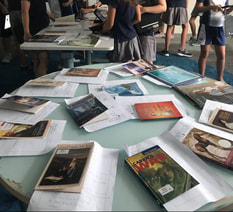
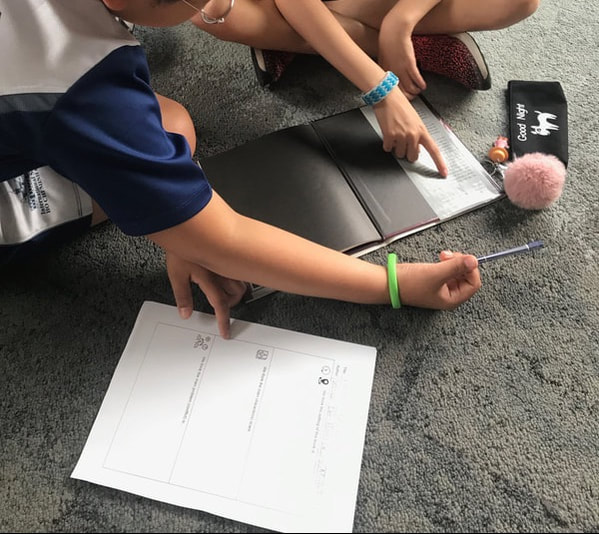
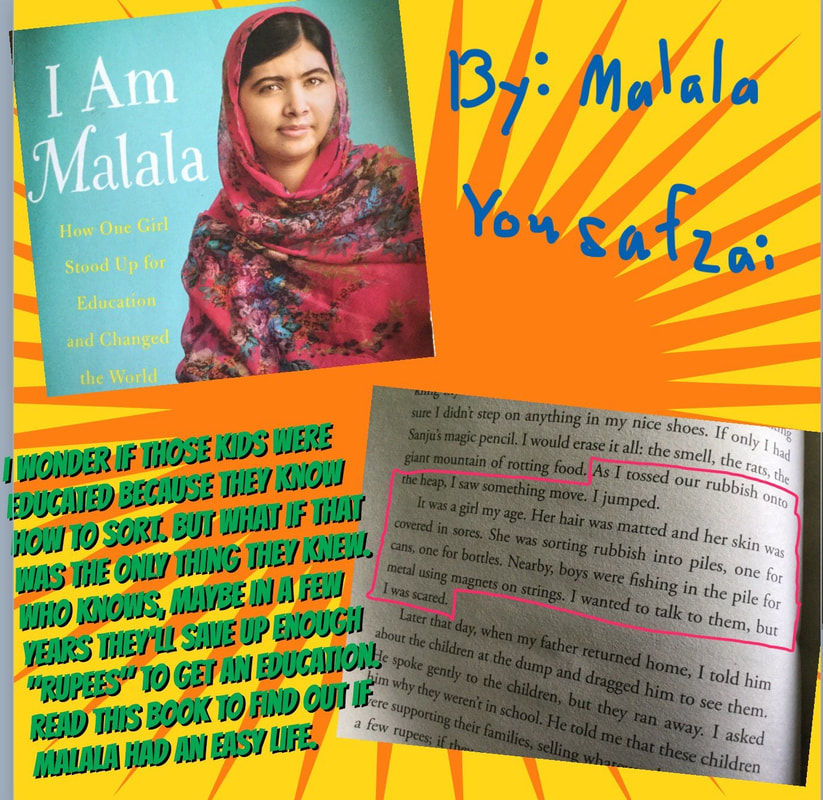
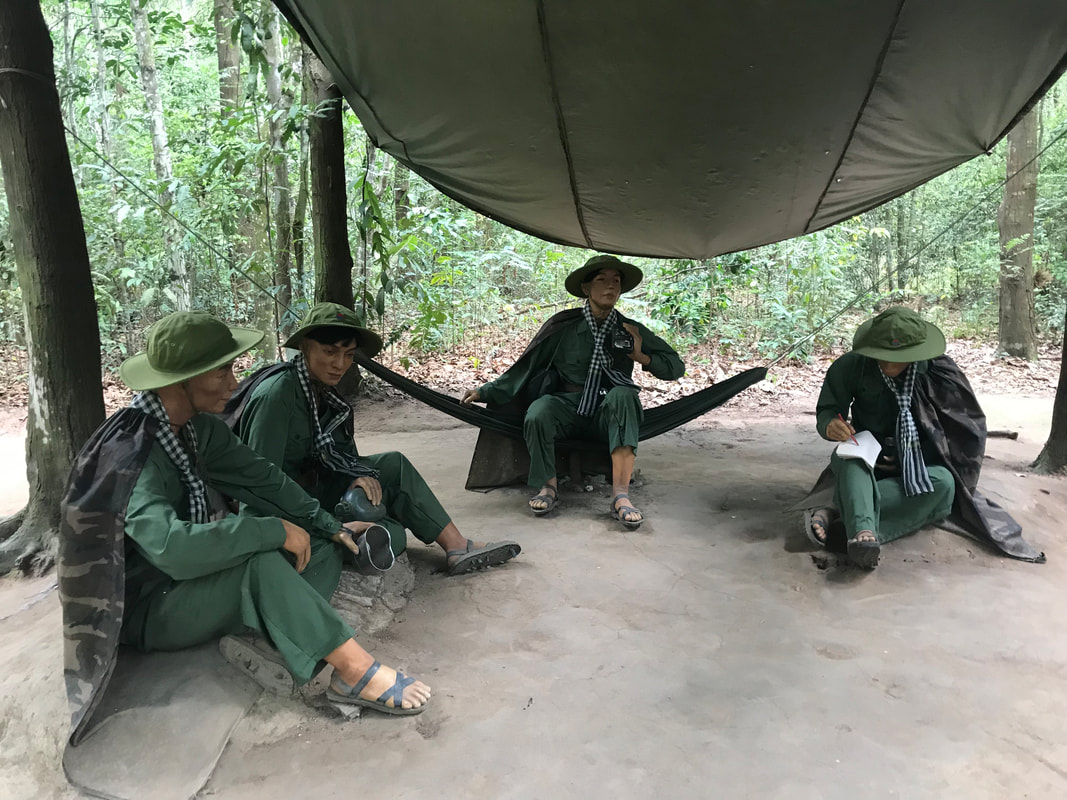
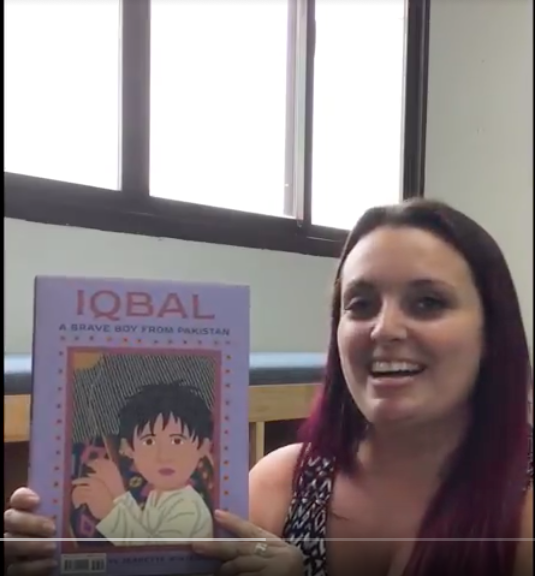
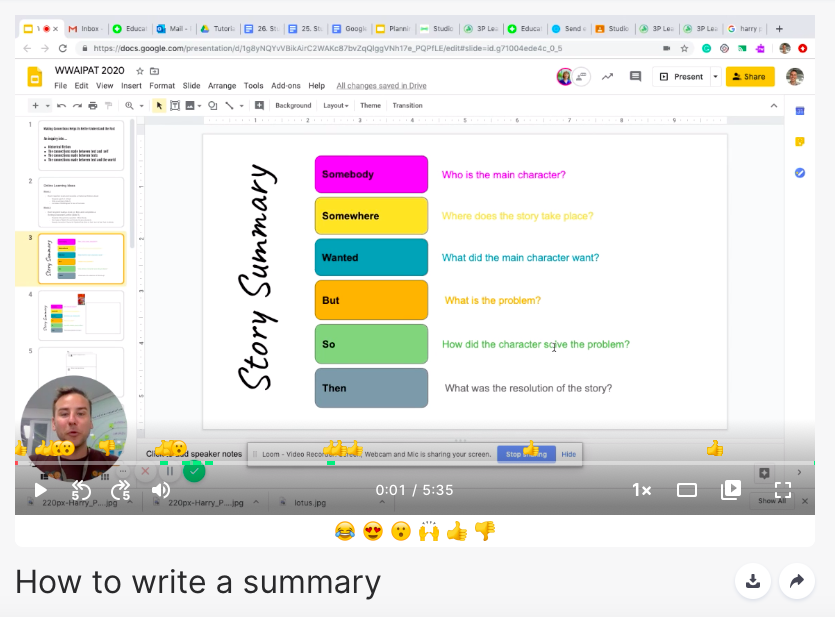
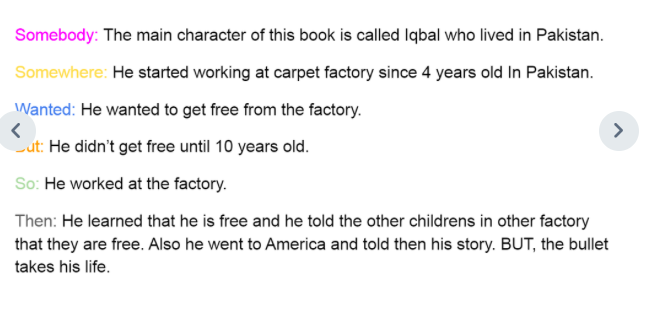
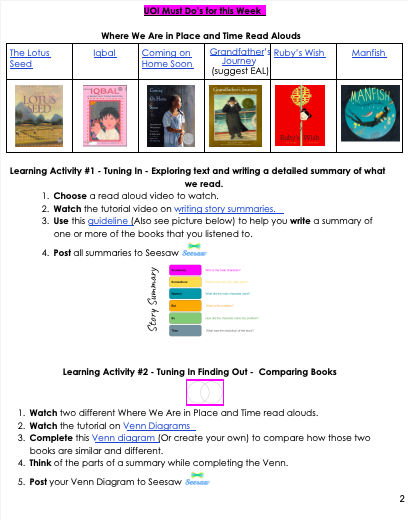
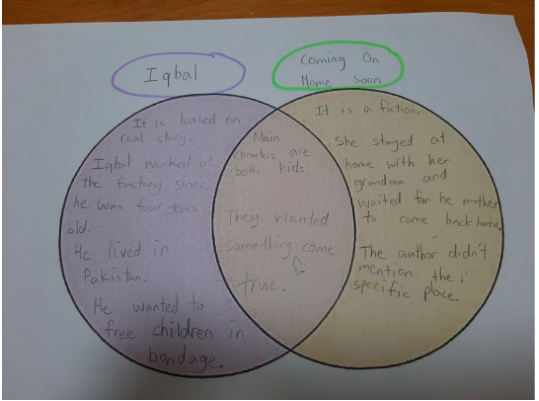
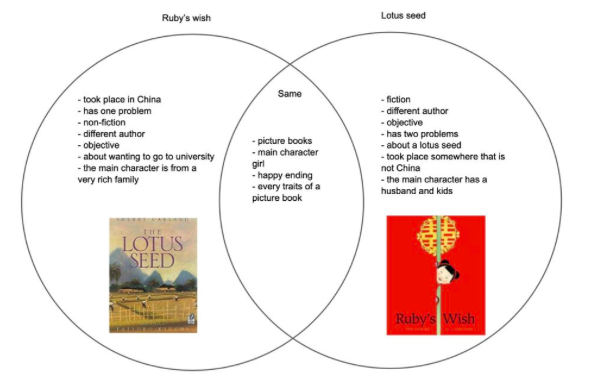
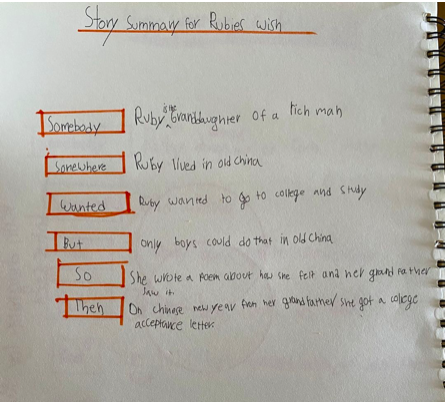
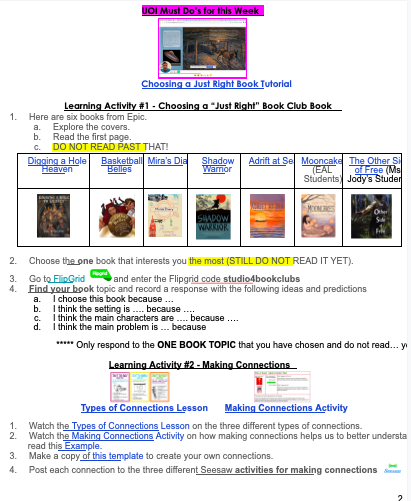
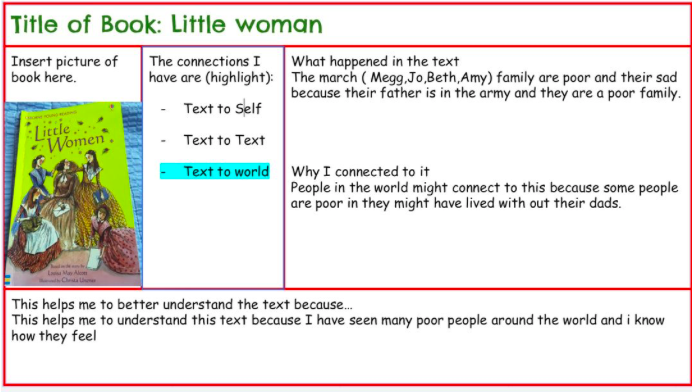
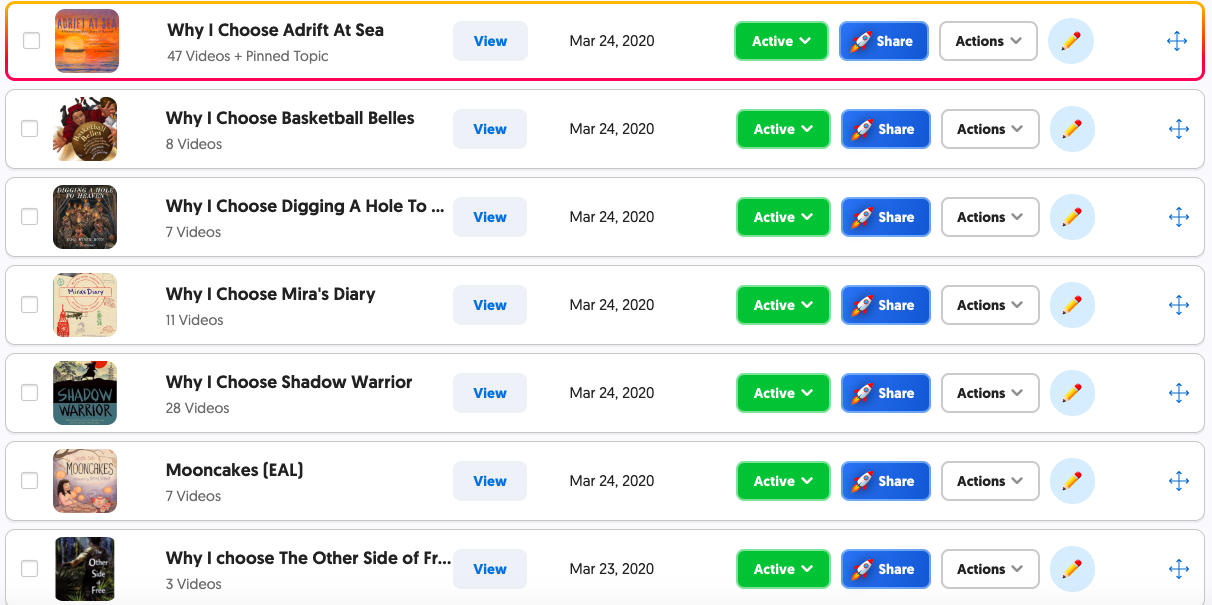
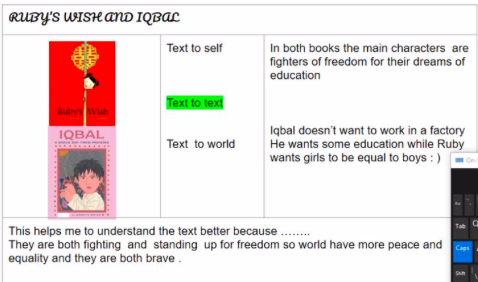
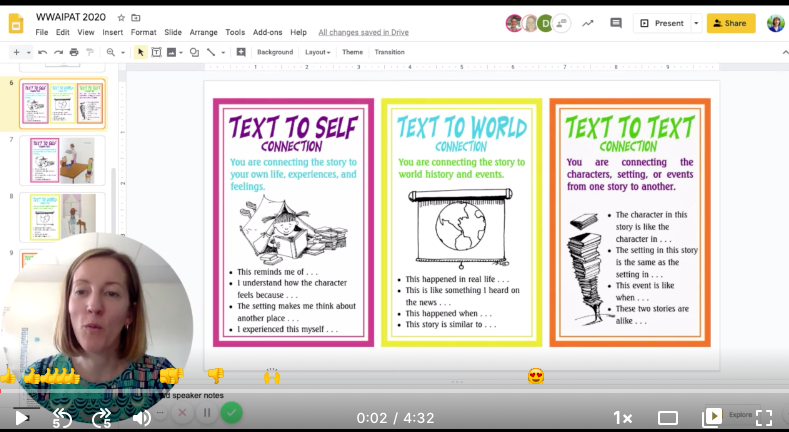
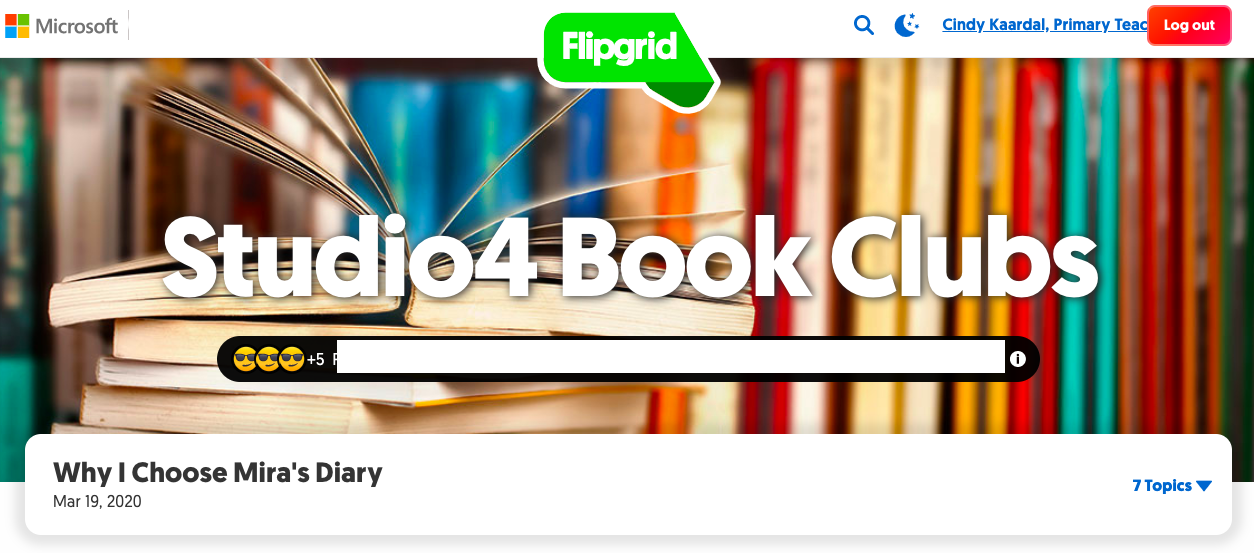

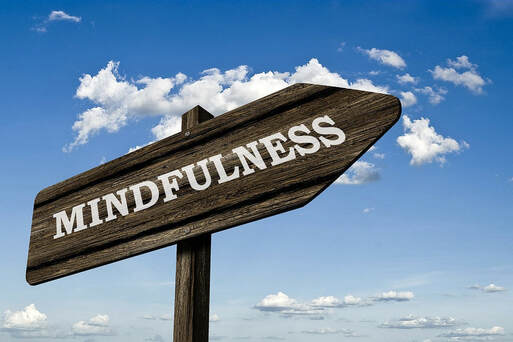
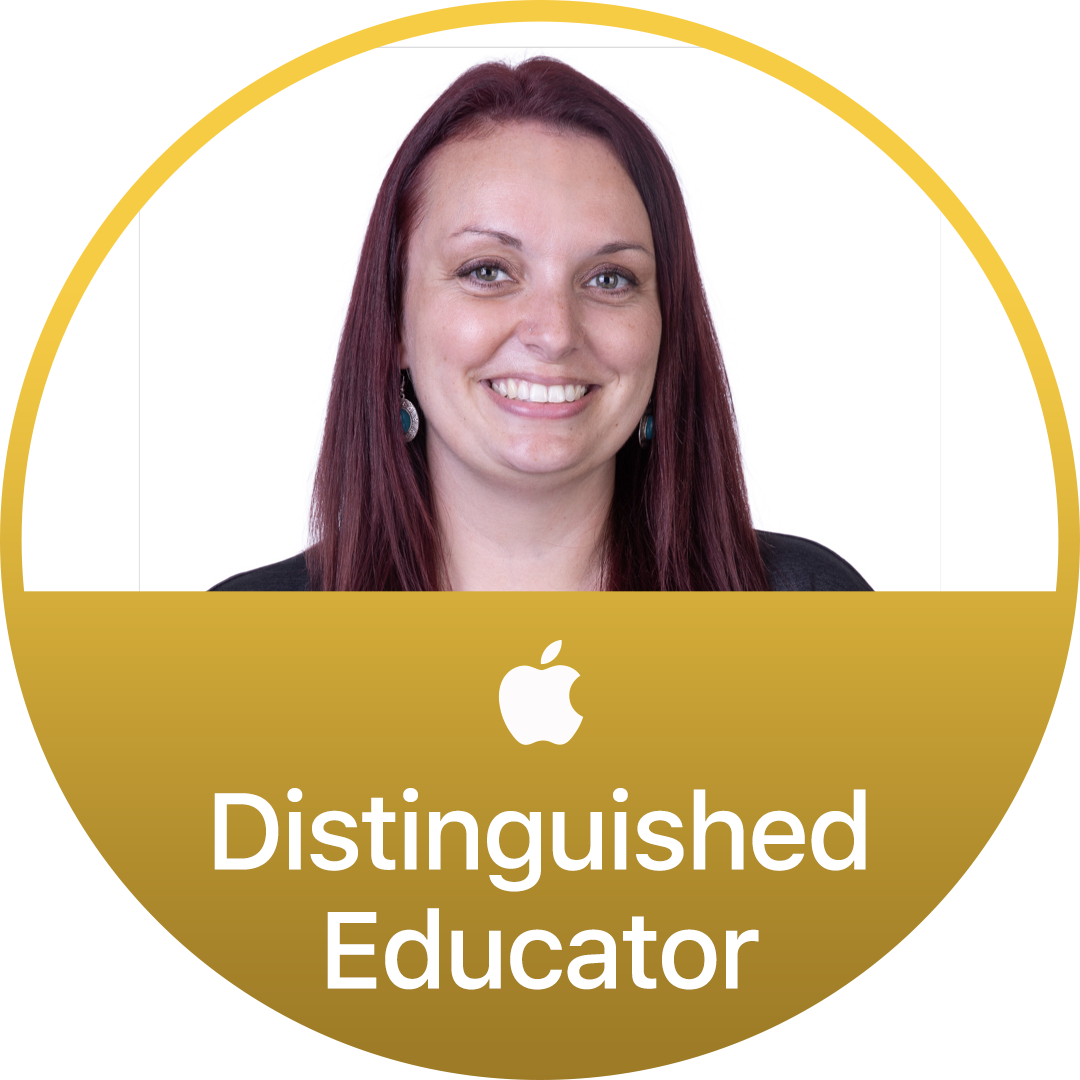
 RSS Feed
RSS Feed